Revamped Koko in London promises elevated music experiences
London music venue Koko reopens its doors following extensive redesign, also welcoming its newest addition, the House of Koko members’ club

Koko has reopened with a bang. The legendary London music venue, which in the past has hosted performances from artists including Madonna, Ed Sheeran, Thom Yorke and Kanye West, is opening its doors this month, following a seven-year planning, restoration and redesign process. The refreshed space not only encompasses a facelift of its historical main stage, but also features a state-of-the-art hospitality element, perfectly tailored for the music lover – House of Koko (including Café Koko and Koko shop).
This members’ club, which will include some areas that are open to the wider public, is a balanced blend of moodiness and polish, food and drink offerings and boutique performance options, all neatly wrapped in lush, bespoke design and technology that hopes to elevate the music experience to levels previously unseen in the city.

Koko owner and entrepreneur Olly Bengough explains that this reimagined version of the much-loved music culture hub has been a long time in the making. A first restoration in 2004 saw the venue able to host some 200 to 250 artists a year, but this was not enough for Bengough. How could its reach be further enhanced, he wondered?
‘In 2015, I was looking at the surrounding buildings, including the Hope & Anchor pub, and I realised there was this opportunity to create something architecturally unique, and we could dream up an entirely new experience for music and entertainment,’ he recalls. ‘At the same time, I was travelling a lot to LA, where it was all about streaming and connectivity. So, I thought, what do the artists need from the future? What would give them a better opportunity to be creative? Let’s give the building that layer too.’

Bengough acquired the buildings behind the original Koko – a former piano factory dating back to 1800, and the Hope & Anchor from 1860, the façade of which is listed and was maintained – and called upon architecture studio Archer Humphryes (of Chiltern Firehouse fame) to help him ‘masterplan’ the whole, weaving together the seemingly disparate parts, while carefully restoring period architecture. David Archer and Julie Humphryes led the works: ‘It was going to be a refurbishment and a reawakening of the historical venue, and a new building that would have a symbiotic relationship and would be a vessel or container of the verbal brief Olly gave us,' Archer says. In a way, the architecture and the conceptual and usage plans converged.
‘[It is about] bridging old and new, analogue and digital, buildings and music – all while keeping the soul of Koko,’ says Bengough.
The construction works were significant and offered a range of challenges and opportunities – a fire broke out on site in 2020, causing damage to the dome, which had to be reconstructed. Consequent water damage to the theatre (150,000 litres of water entered the theatre from the fire engines, along with rain water from subsequent storms) threw up various obstacles, but gutting the building completely in places led to fortunate discoveries too, such as the fly tower above the main stage, which is now refurbished and made into an extra space for intimate performances. ‘We kept finding new pockets and new ways to unlock the space,’ Bengough recalls.
Receive our daily digest of inspiration, escapism and design stories from around the world direct to your inbox.
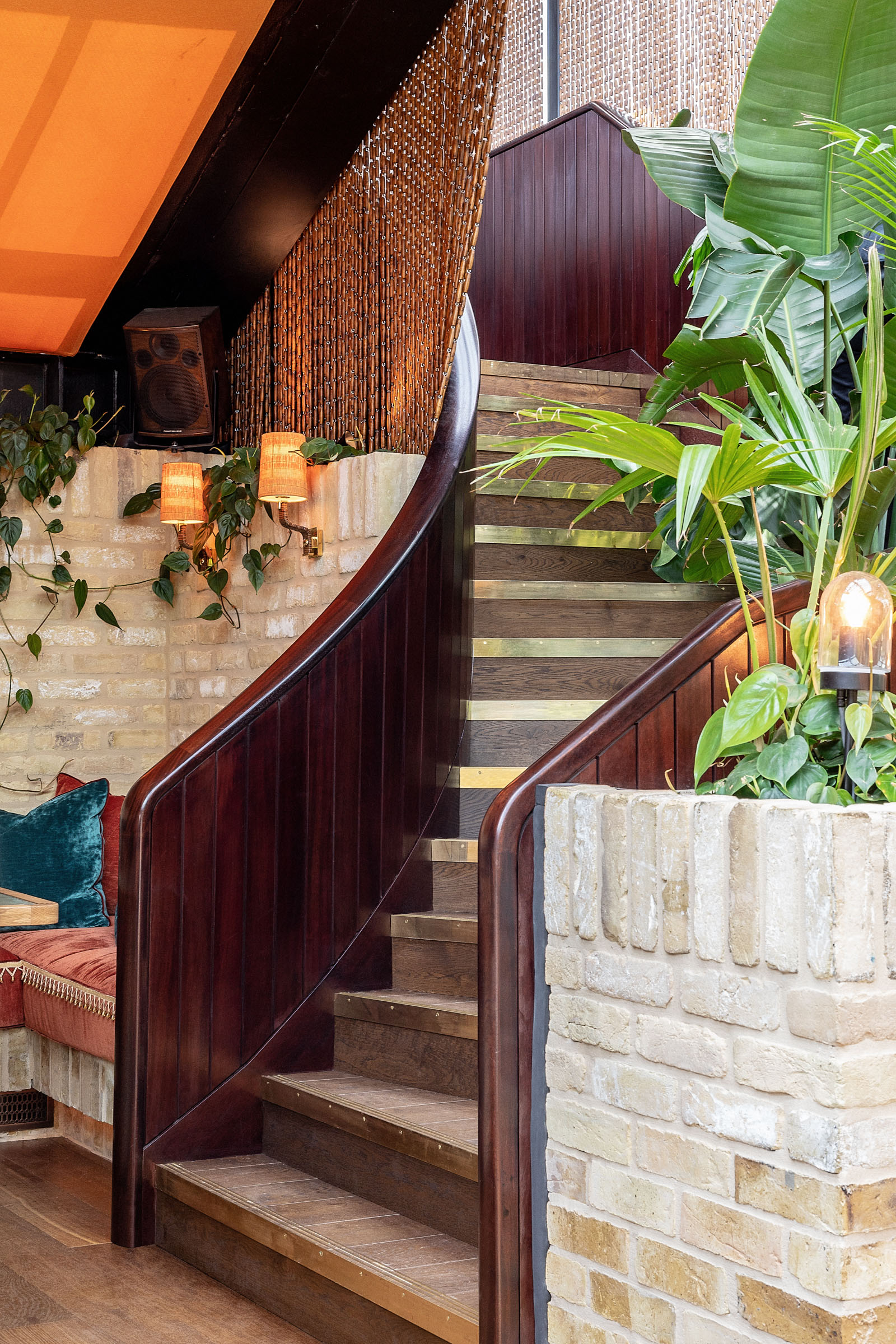
Humphryes says: ‘It’s always about the backstage and stage doors and auxiliary areas. It’s also all the circulation spaces – you can go under the stage, around the stage, under the dome, the bridge of the pavilion, and in the existing route there is this elliptical stair that hugs around the dome – and it offers all this excitement.’
The revamped Koko’s main building also includes a spectacular bar in the reconstructed dome; a glass pavilion housing a rooftop restaurant (a real structural challenge, the architects say), which is gently placed above the main theatre auditorium; and a fully refurbished grand stage (an Italianate interior, originally designed by the building’s architect, WGR Sprague, in 1900). Behind it ( ‘the new building is hugging the original building’, Archer explains) are a selection of hospitality areas, including a public bar and restaurant, a members’ bar and restaurant, more exclusive performance spaces, and a range of boutique vinyl listening booths where guests can enjoy their favourite albums privately.
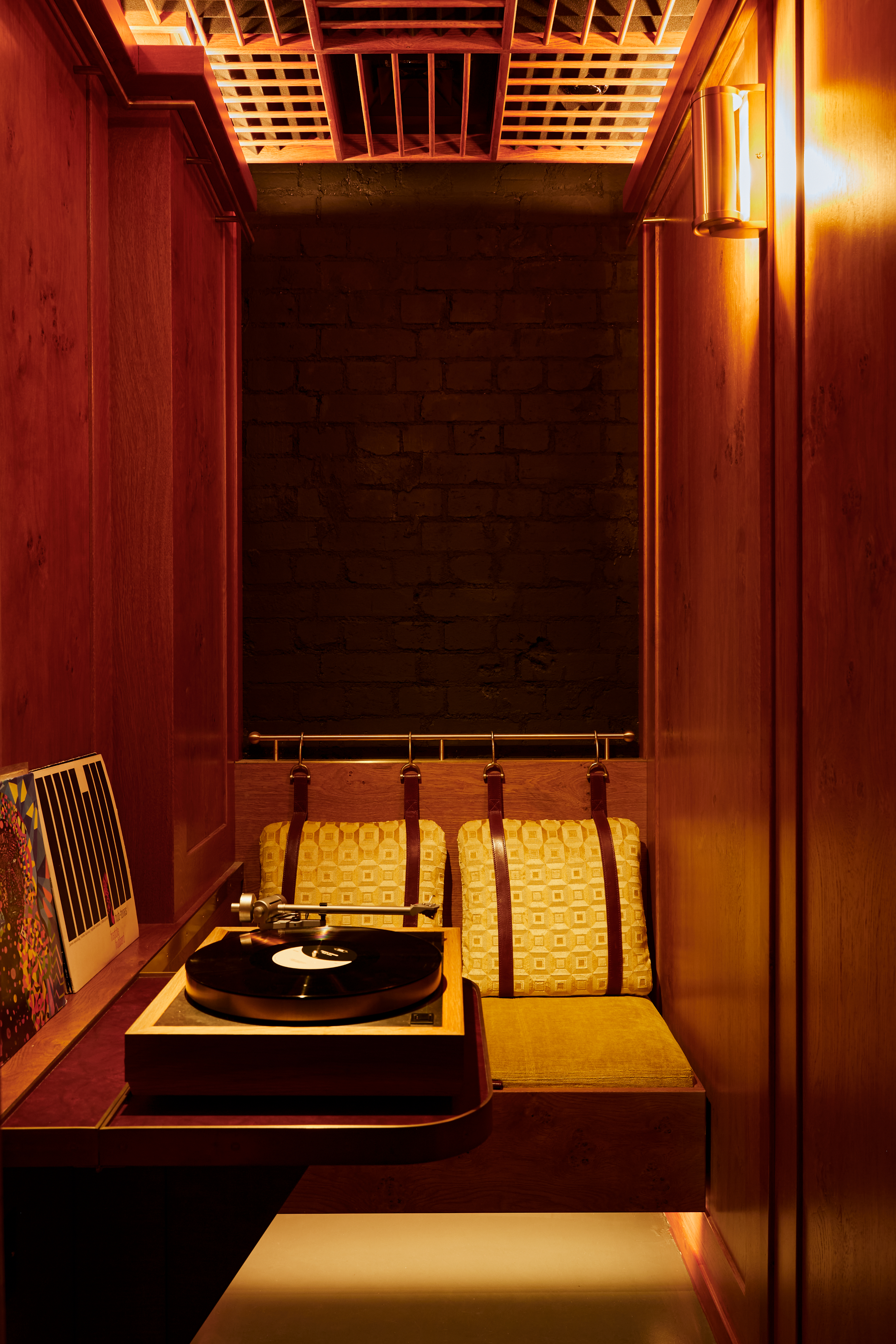
The interiors, created by design studio Pirajean Lees, were created in collaboration with Bengough and according to his overall vision, inspired by travels, different styles, and the needs of each space. There are dark and mysterious bar corners, a speakeasy with a bespoke cigarette-patterned carpet, a timber-clad restaurant with a Japanese twist, and specially made details, fittings and features throughout.
Bengough says: ‘The design is intuitive, it doesn't fit into one genre or lane. It’s made out of timeless materials – it had to be timeless and classic, so that it gave you freedom.’ And of course, all the architectural and interior design mastery on show is topped by amazing technological support – an IT and streaming element that offers countless possibilities to artists. Bridging time periods, physical spaces and styles, the digital and the analogue world, the new Koko hopes to offer a haven for music like no other, all created in the spirit of fun, collaboration and creative freedom.
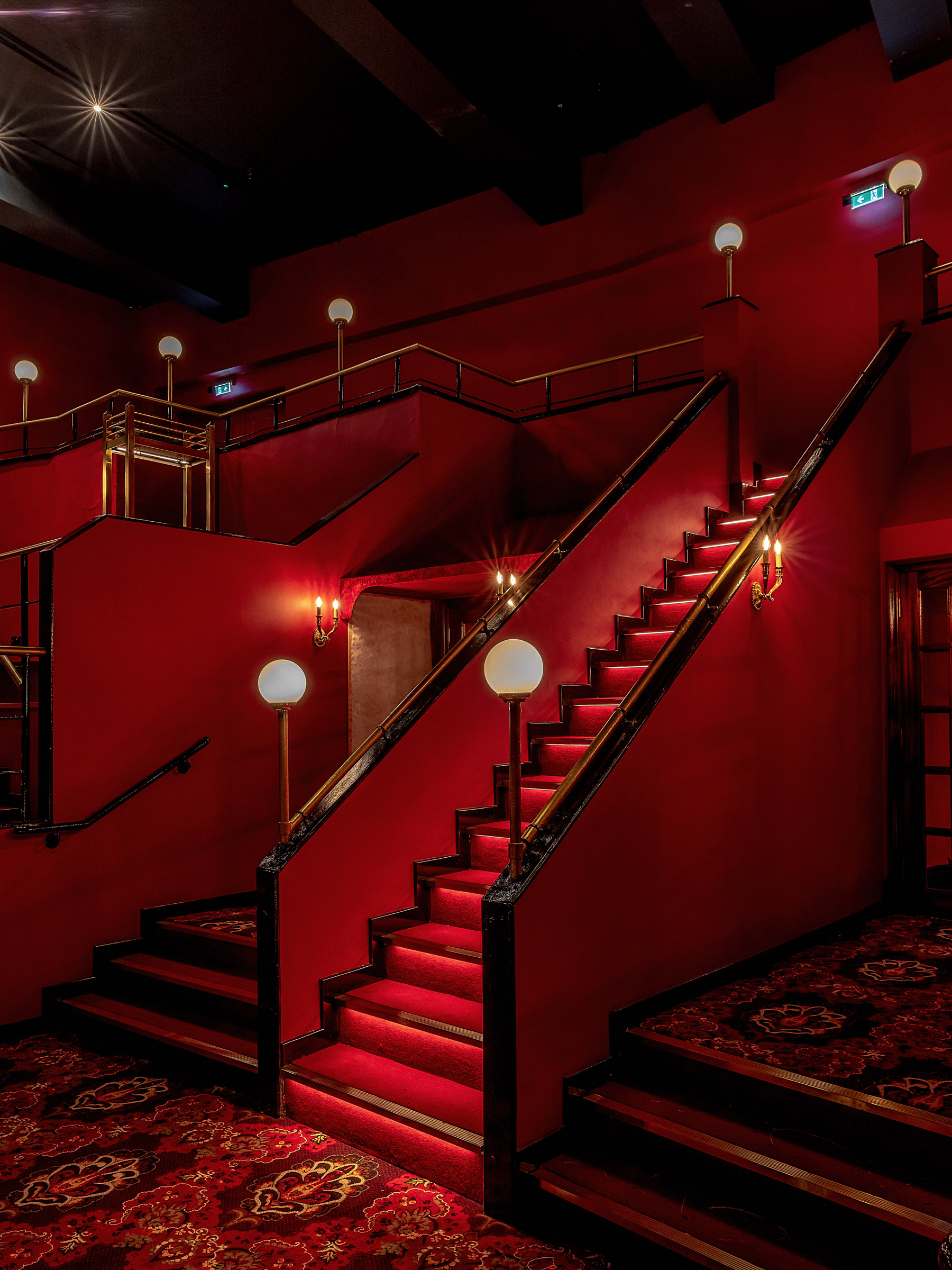


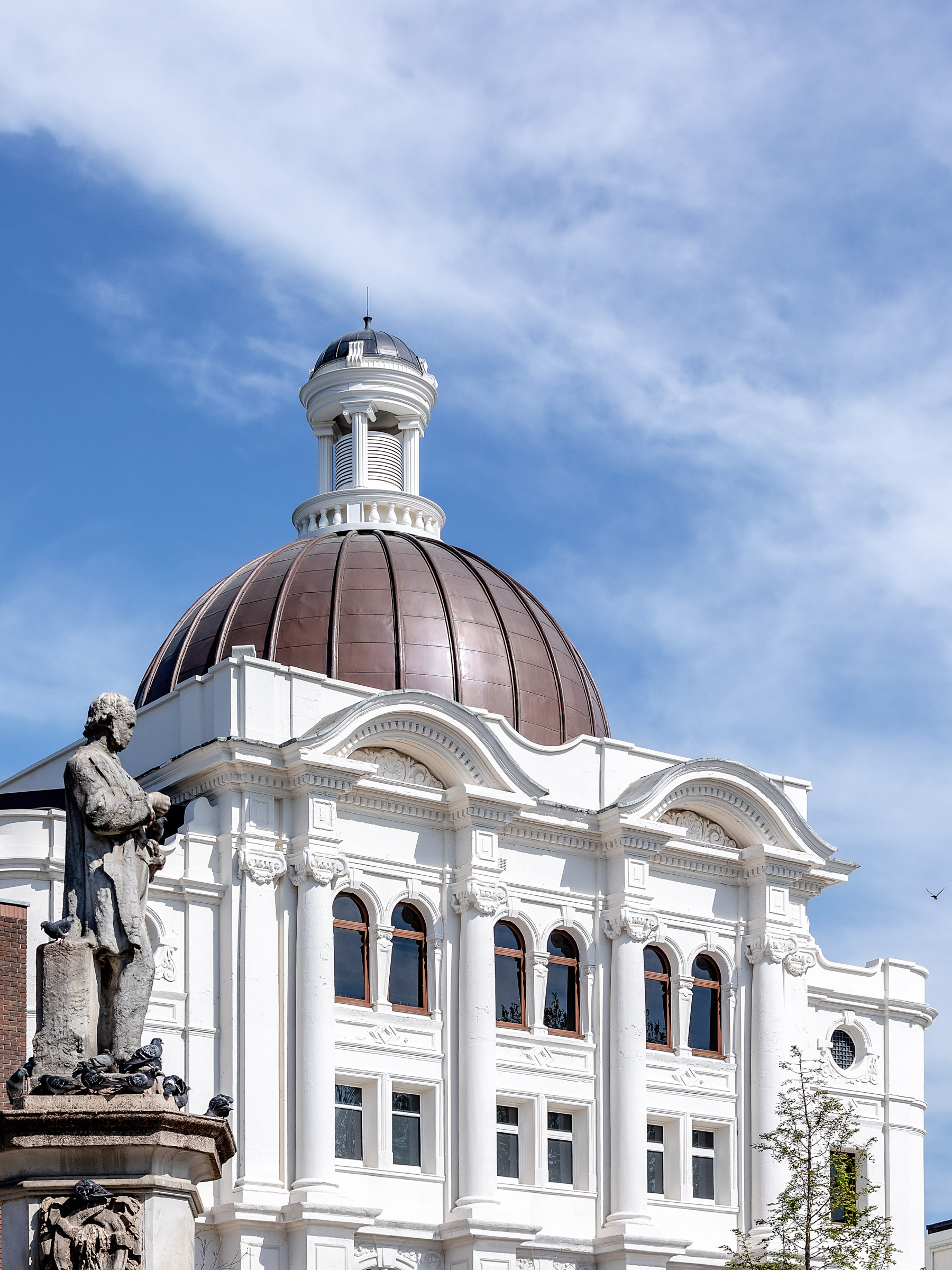
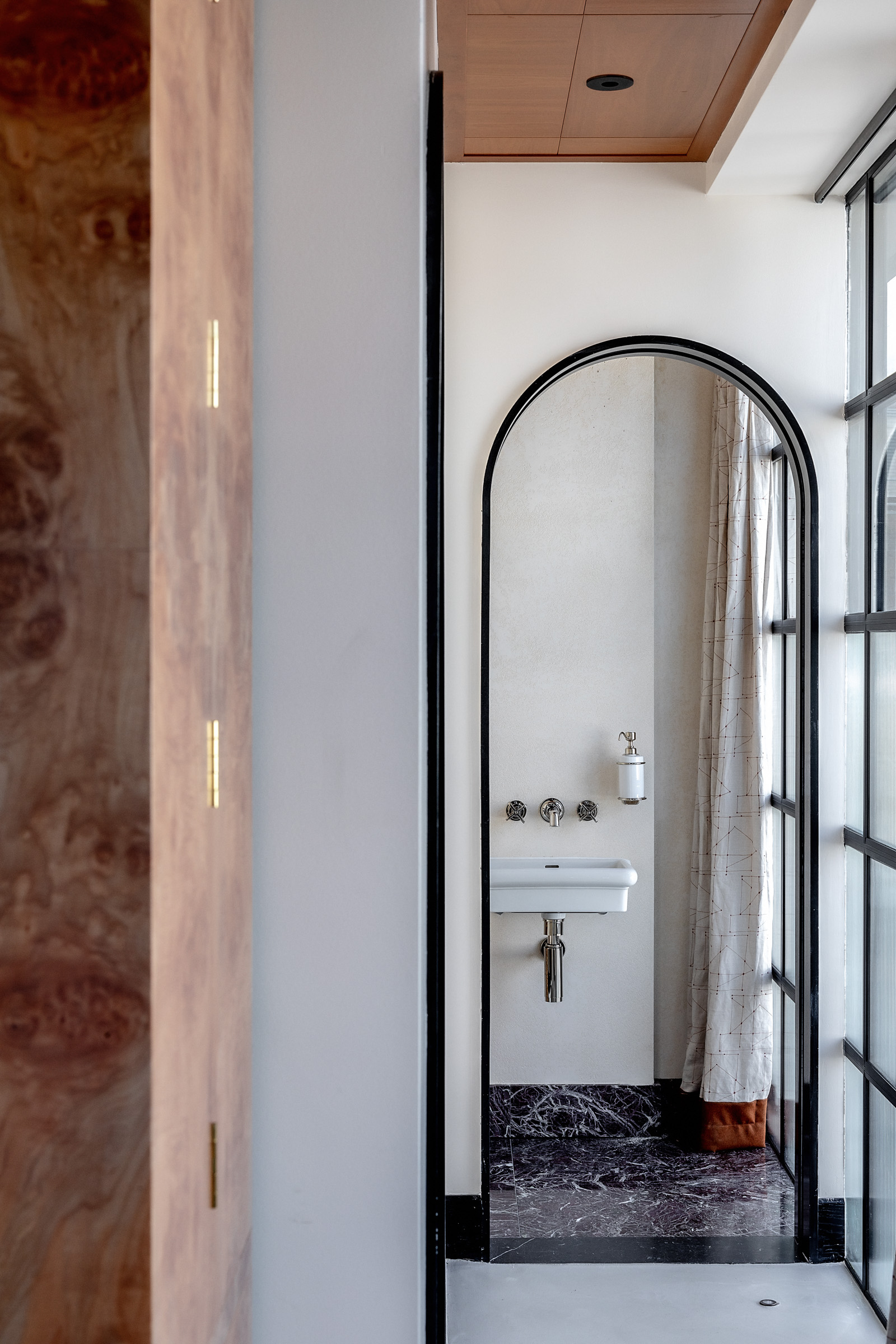
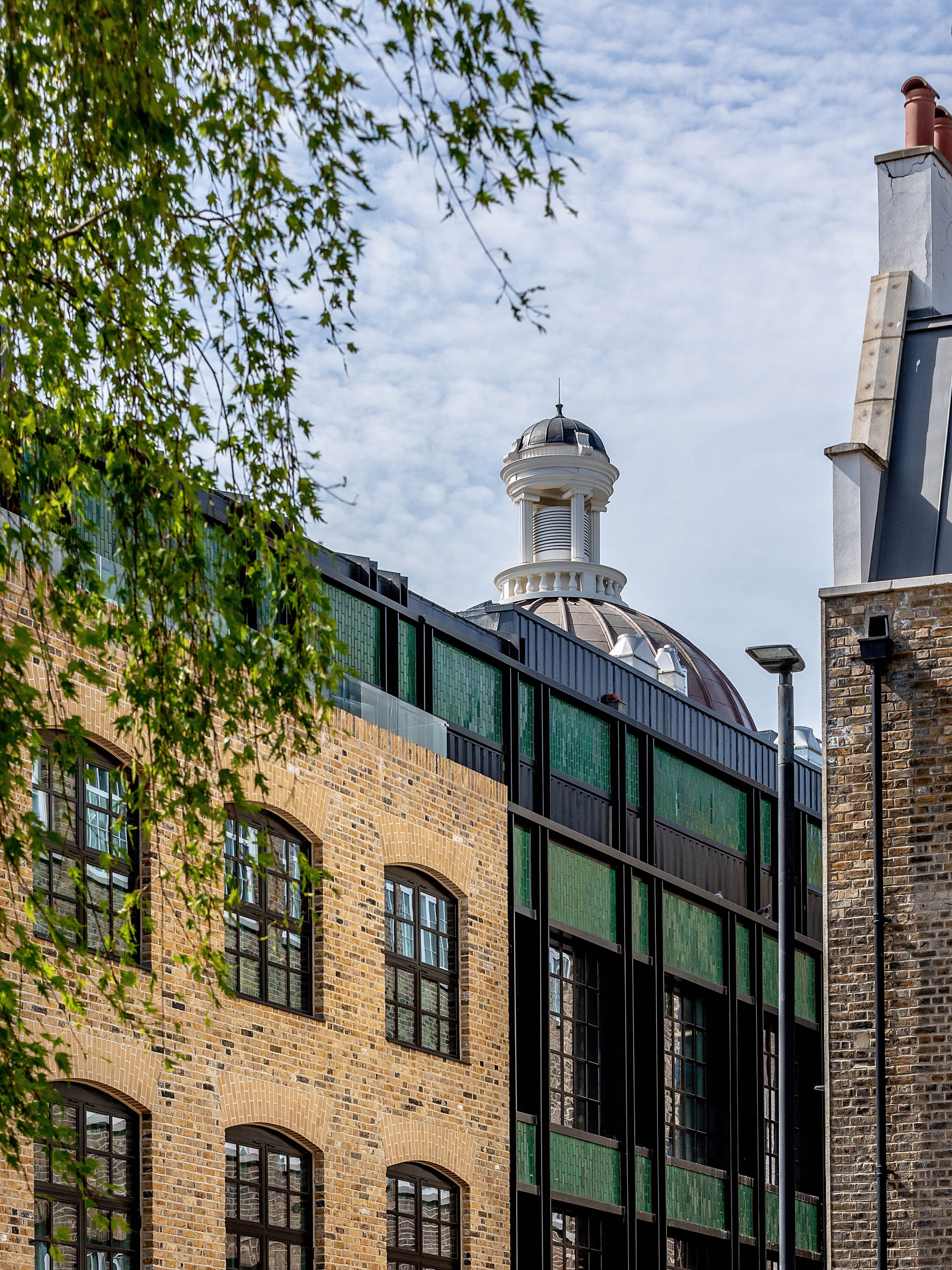



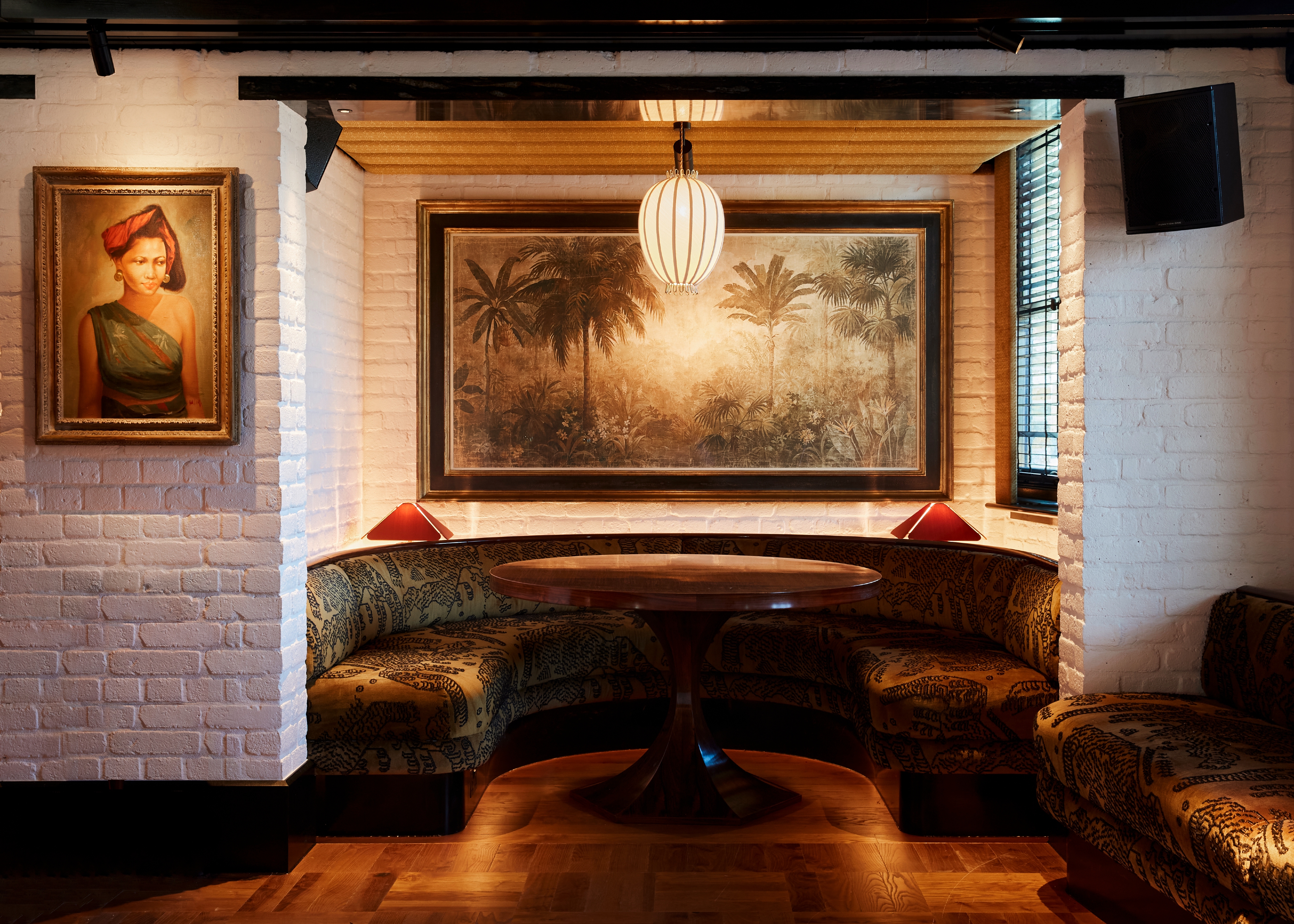

INFORMATION
Ellie Stathaki is the Architecture & Environment Director at Wallpaper*. She trained as an architect at the Aristotle University of Thessaloniki in Greece and studied architectural history at the Bartlett in London. Now an established journalist, she has been a member of the Wallpaper* team since 2006, visiting buildings across the globe and interviewing leading architects such as Tadao Ando and Rem Koolhaas. Ellie has also taken part in judging panels, moderated events, curated shows and contributed in books, such as The Contemporary House (Thames & Hudson, 2018), Glenn Sestig Architecture Diary (2020) and House London (2022).
-
 This LA-based furniture designer finds a rhythm in music and making
This LA-based furniture designer finds a rhythm in music and makingWallpaper* Future Icons: LA-based Ah Um Design Studio's expressive furniture features zig-zagging wooden frames, mohair and boucle upholstery, and a distinctive use of tiles
-
 This Mexican architecture studio has a surprising creative process
This Mexican architecture studio has a surprising creative processThe architects at young practice Pérez Palacios Arquitectos Asociados (PPAA) often begin each design by writing out their intentions, ideas and the emotions they want the architecture to evoke
-
 The Bombardier Global 8000 flies faster and higher to make the most of your time in the air
The Bombardier Global 8000 flies faster and higher to make the most of your time in the airA wellness machine with wings: Bombardier’s new Global 8000 isn’t quite a spa in the sky, but the Canadian manufacturer reckons its flagship business jet will give your health a boost
-
 Arbour House is a north London home that lies low but punches high
Arbour House is a north London home that lies low but punches highArbour House by Andrei Saltykov is a low-lying Crouch End home with a striking roof structure that sets it apart
-
 A former agricultural building is transformed into a minimal rural home by Bindloss Dawes
A former agricultural building is transformed into a minimal rural home by Bindloss DawesZero-carbon design meets adaptive re-use in the Tractor Shed, a stripped-back house in a country village by Somerset architects Bindloss Dawes
-
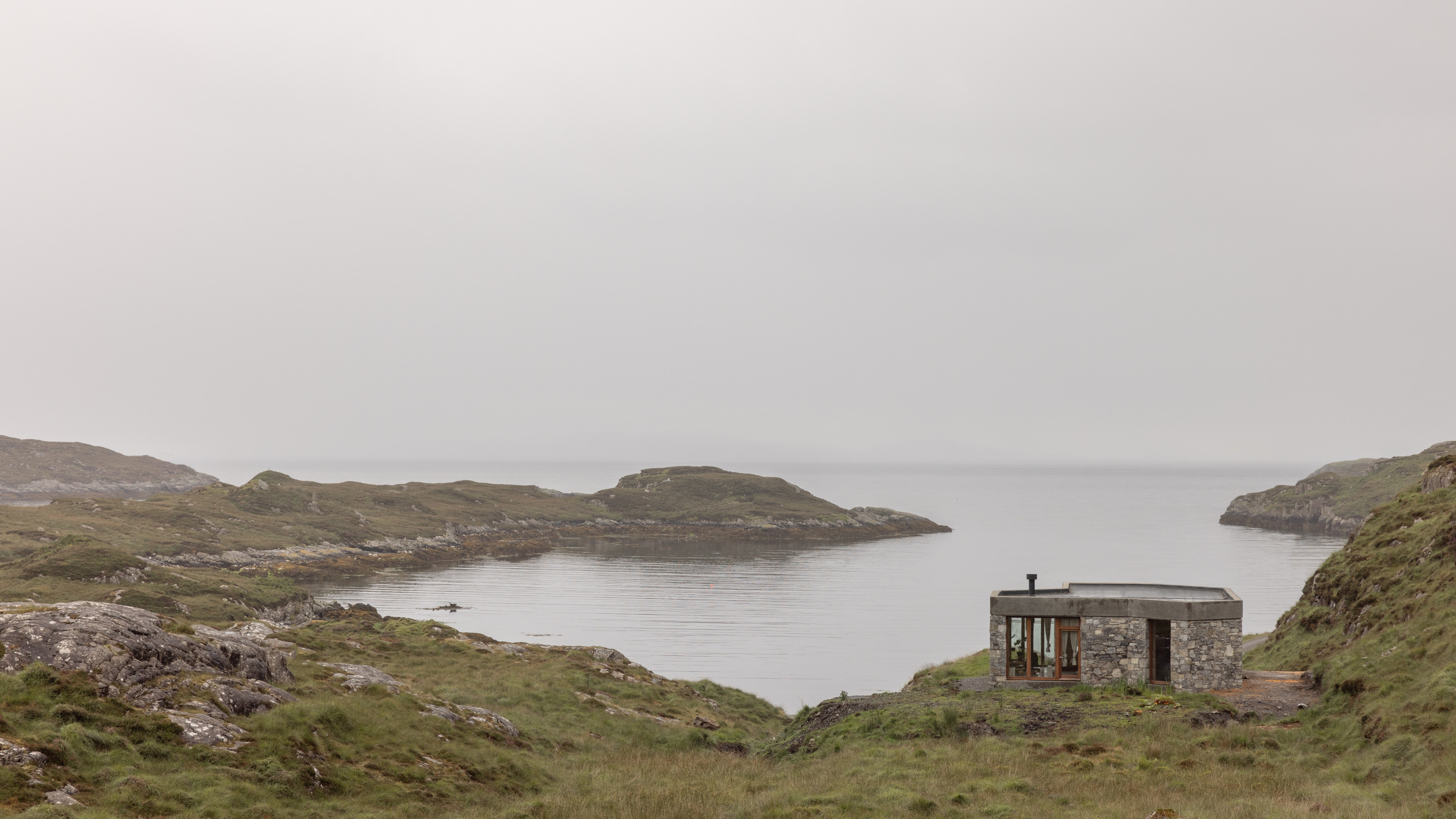 RIBA House of the Year 2025 is a ‘rare mixture of sensitivity and boldness’
RIBA House of the Year 2025 is a ‘rare mixture of sensitivity and boldness’Topping the list of seven shortlisted homes, Izat Arundell’s Hebridean self-build – named Caochan na Creige – is announced as the RIBA House of the Year 2025
-
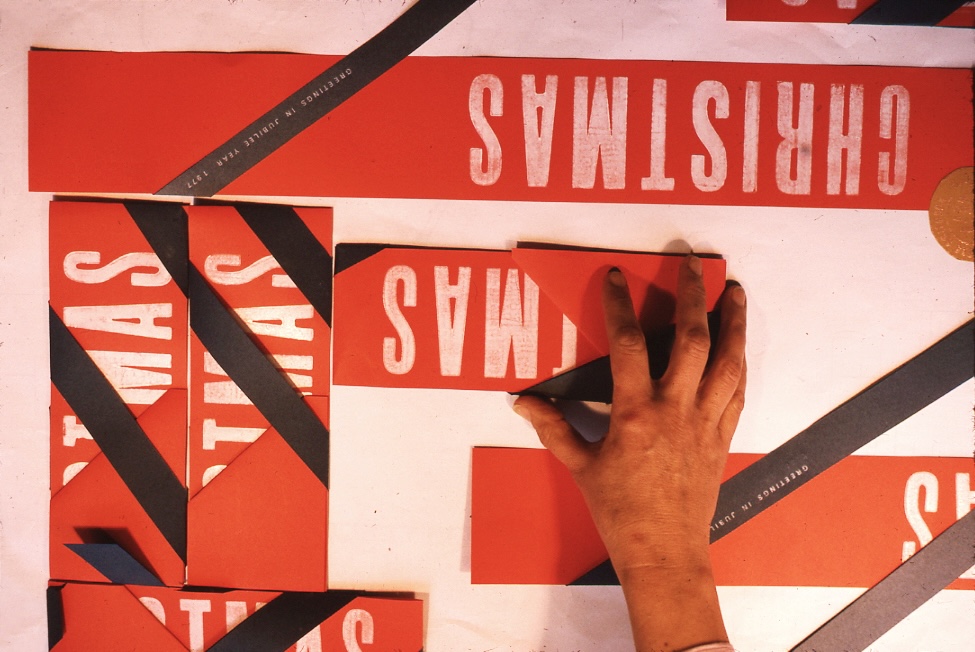 In addition to brutalist buildings, Alison Smithson designed some of the most creative Christmas cards we've seen
In addition to brutalist buildings, Alison Smithson designed some of the most creative Christmas cards we've seenThe architect’s collection of season’s greetings is on show at the Roca London Gallery, just in time for the holidays
-
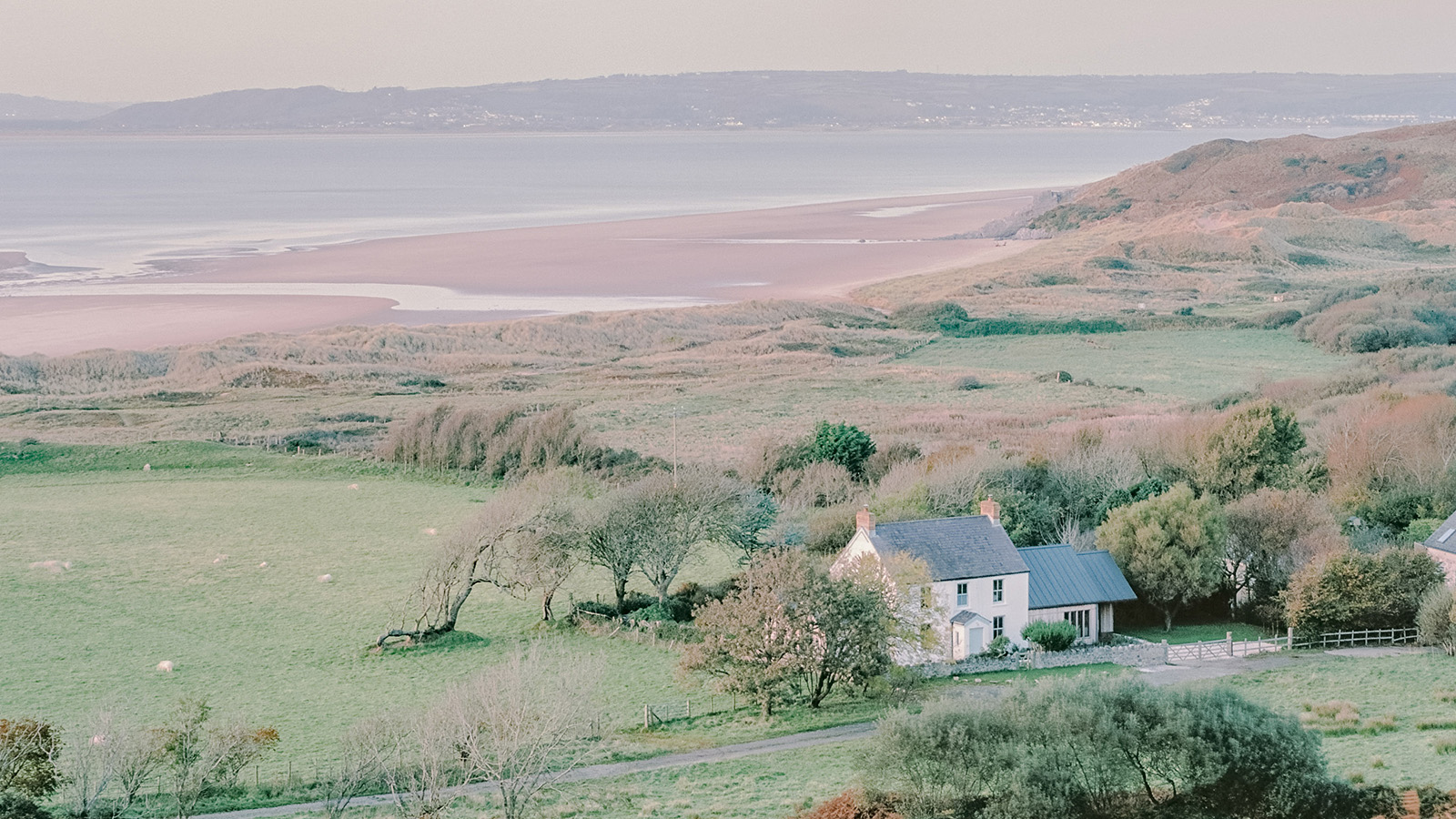 In South Wales, a remote coastal farmhouse flaunts its modern revamp, primed for hosting
In South Wales, a remote coastal farmhouse flaunts its modern revamp, primed for hostingA farmhouse perched on the Gower Peninsula, Delfyd Farm reveals its ground-floor refresh by architecture studio Rural Office, which created a cosy home with breathtaking views
-
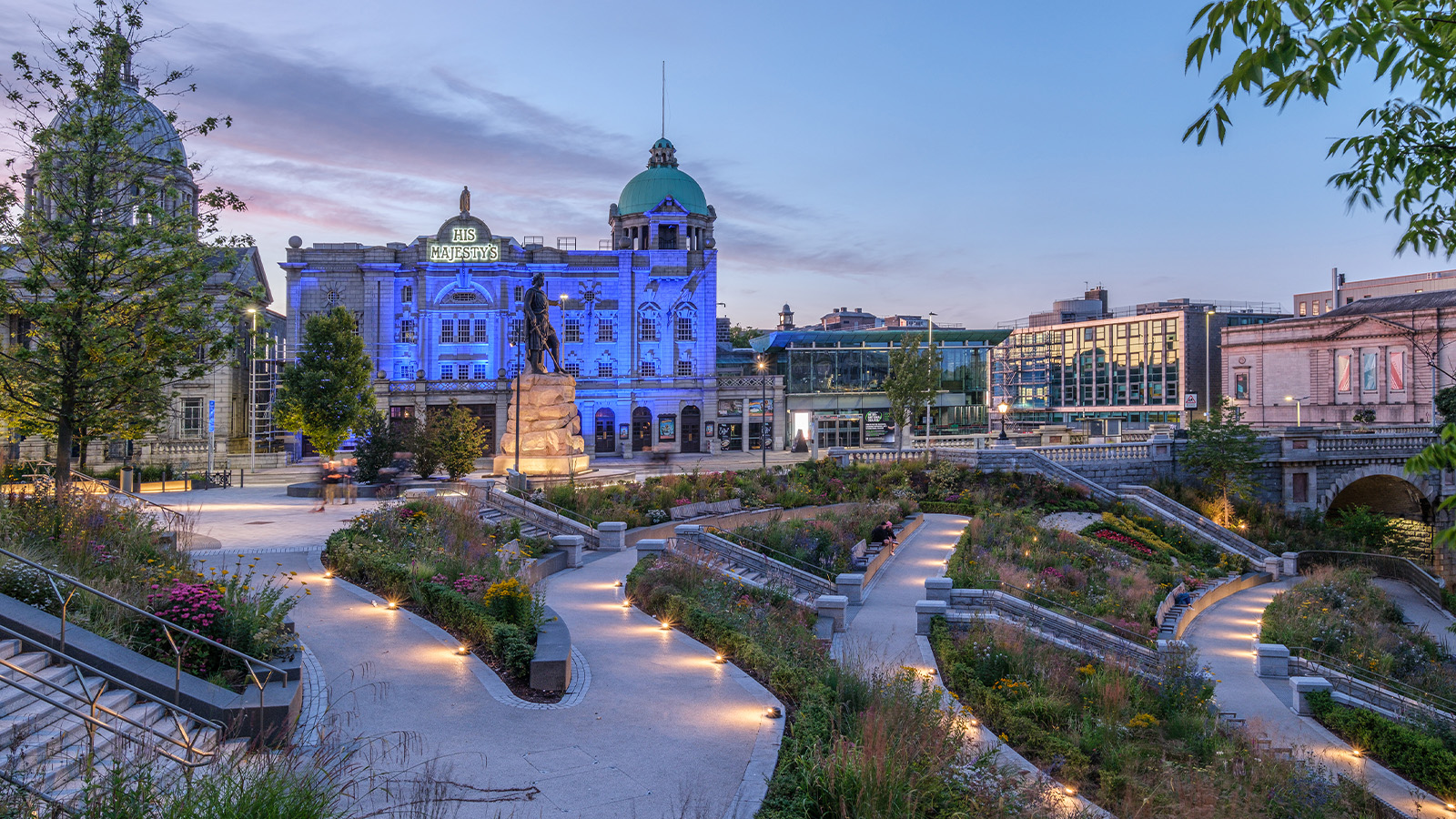 A revived public space in Aberdeen is named Scotland’s building of the year
A revived public space in Aberdeen is named Scotland’s building of the yearAberdeen's Union Terrace Gardens by Stallan-Brand Architecture + Design and LDA Design wins the 2025 Andrew Doolan Best Building in Scotland Award
-
 The Architecture Edit: Wallpaper’s houses of the month
The Architecture Edit: Wallpaper’s houses of the monthFrom wineries-turned-music studios to fire-resistant holiday homes, these are the properties that have most impressed the Wallpaper* editors this month
-
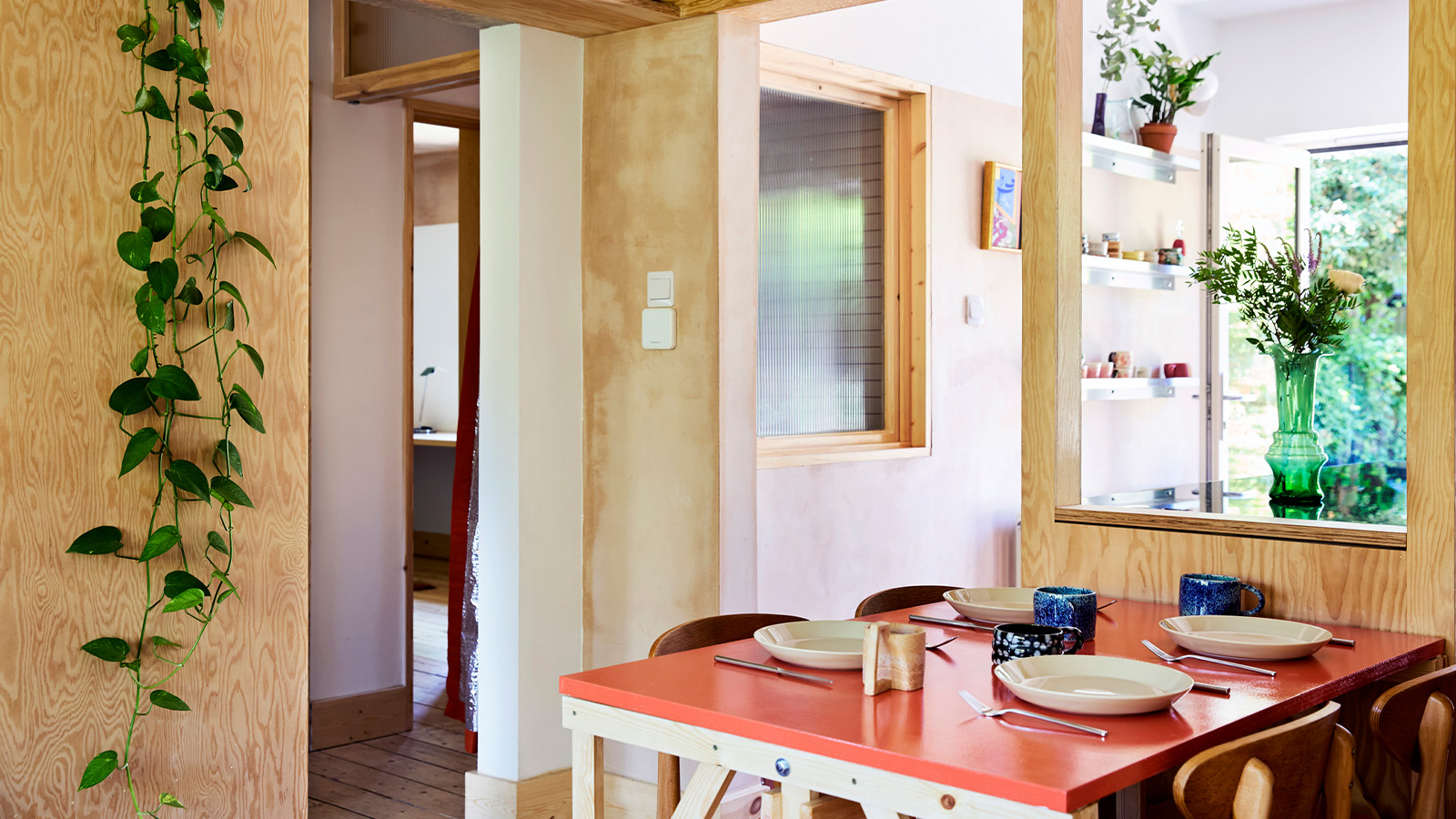 A refreshed 1950s apartment in East London allows for moments of discovery
A refreshed 1950s apartment in East London allows for moments of discoveryWith this 1950s apartment redesign, London-based architects Studio Naama wanted to create a residence which reflects the fun and individual nature of the clients